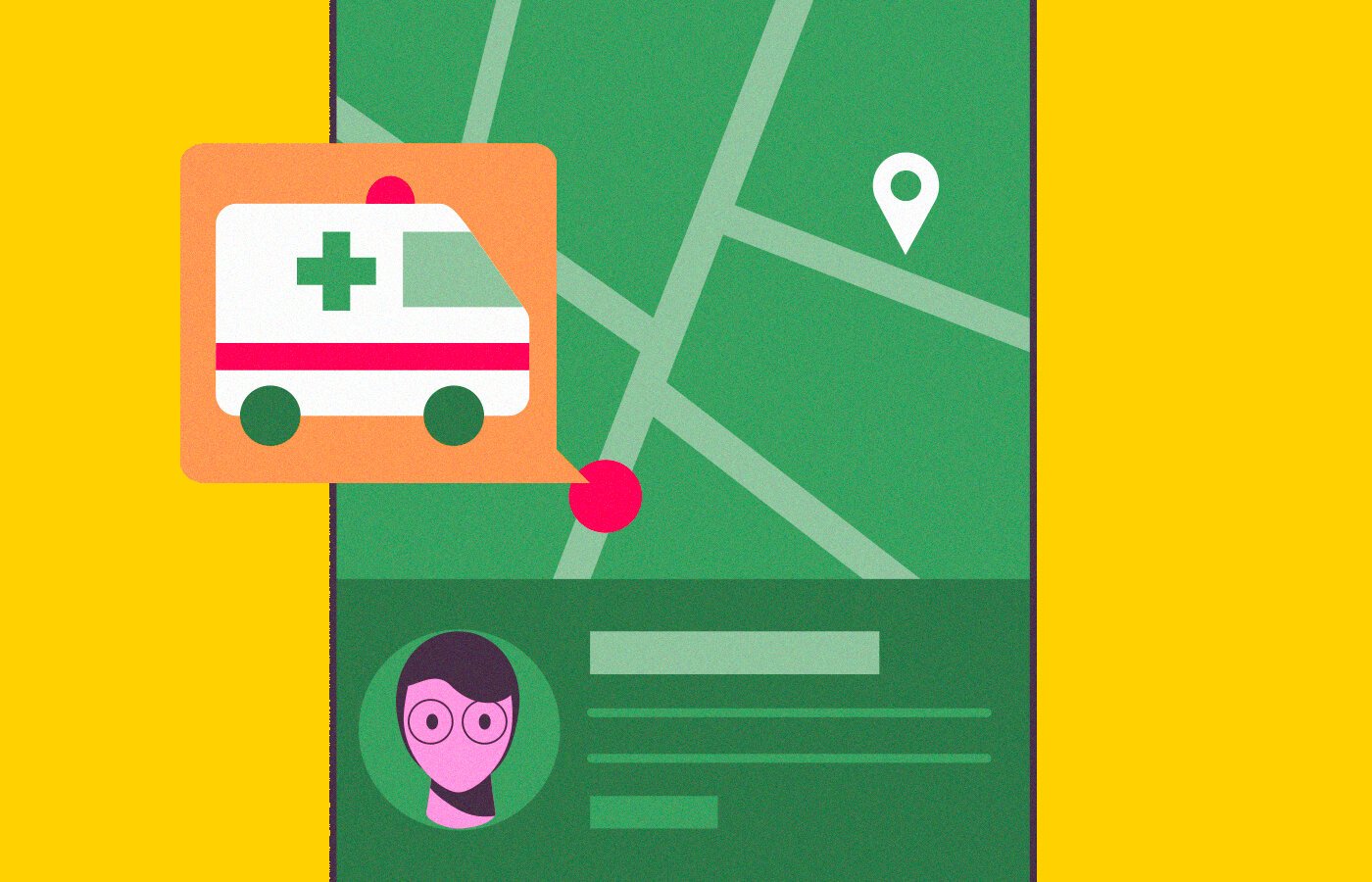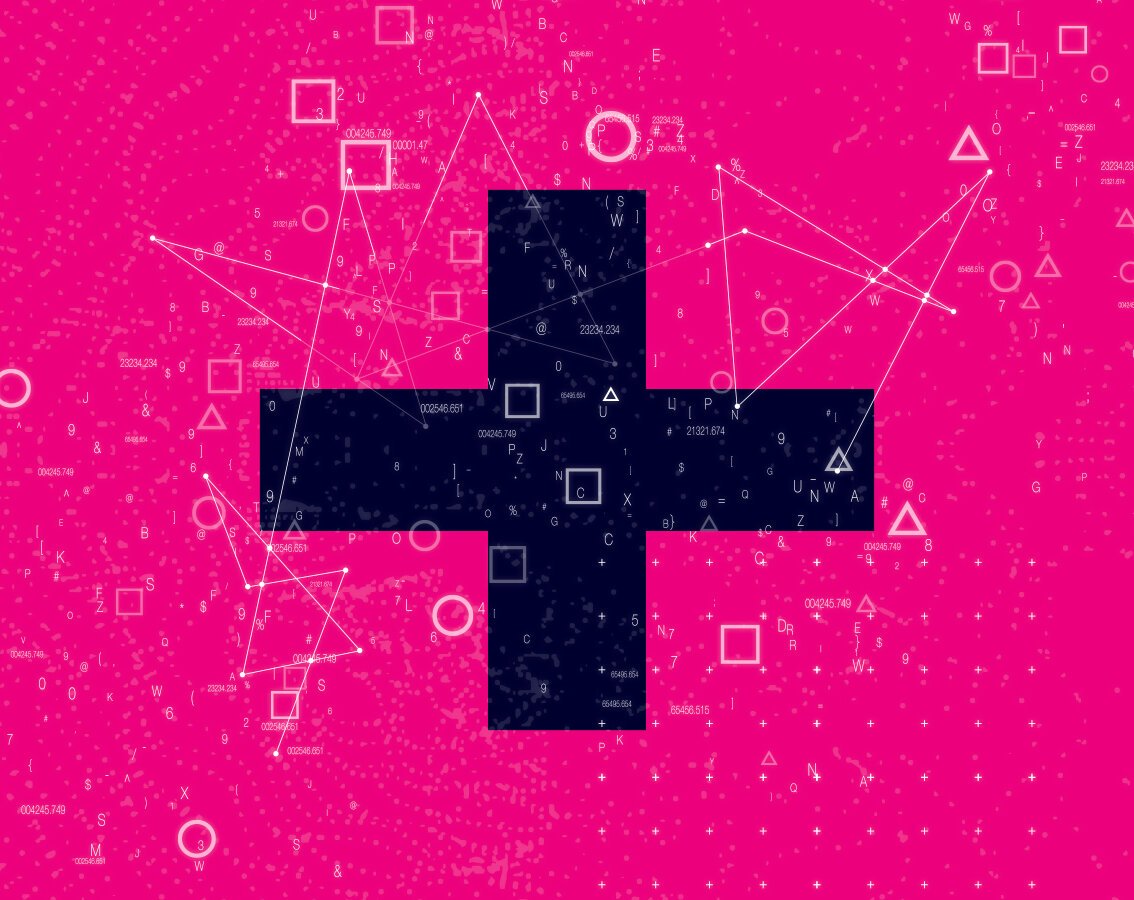blog
Maximizing Patient Care in Healthcare with Enterprise Mobility
By Mohan S Enterprise Mobility Digital transformation May 12, 2023

Healthcare organizations are leveraging enterprise mobility solutions to improve patient outcomes, care quality, and streamline processes. In the initial phase, the organizations have focused on using enterprise mobility solutions for digitizing internal and external processes, but with the technology advancement, the solution scope has been extended to cover critical patient care.
Enterprise mobility has become a need for healthcare due to several factors. Some of the key factors are:
Improved efficiency: Healthcare organizations have traditionally relied on paper-based workflow. Enterprise mobility facilitates the digitization of paper-based processes, streamlining the workflow and increasing efficiency. It enables doctors to devote more time attending to patients, reducing patient wait times and improving the quality of care.
Access to real-time information: Healthcare professionals have to make split-second decisions that require them to have accurate and updated patient data. Mobility solutions help by enabling data collation and dissemination for fast, informed decision-making.
Improved communication and collaboration: In the healthcare industry there are numerous doctors, nurses, and administrative staff who need to communicate and collaborate for effective service delivery. Mobility solutions offer a reliable way to share critical information and data.
Enhanced patient engagement: Mobility solutions in healthcare keep patients informed about doctors’ schedules, set appointment reminders, keep track of medication schedules, etc. The advanced app allows patients to consult doctors from their homes.
Remote patient monitoring: Healthcare professionals can remotely monitor patients with the help of a mobile device. It can be particularly beneficial for patients with chronic conditions or those who live in remote areas.
Explore: Top App Examples for Hospitals for Providing Optimal Care
As privacy and security concerns are being addressed, the application of enterprise mobility in healthcare is increasing. Enterprise mobility in the healthcare market is expected to grow at a compounded annual growth rate (CAGR) of 11.37% for five years ending in 2026.
The three key factors driving the adoption of enterprise mobility in healthcare are:
Remote patient monitoring and care
Remote patient monitoring (RPM) refers to a healthcare delivery method in which healthcare providers use internet-enabled mobile devices to monitor patients' health remotely. Mobile devices include cell phones, wearables, and other devices, which collect and transmit data about a patient's health status to healthcare providers.
RPM helps to monitor patients with chronic conditions, such as diabetes, hypertension, and heart disease. It also enables providers to monitor patients recently discharged from the hospital or those requiring frequent check-ins.
Examples of RPM in healthcare
Some examples of remote patient monitoring devices include blood pressure monitors, glucose monitors, pulse oximeters, and ECG monitors. These devices can be connected to mobile devices or other monitoring systems, enabling healthcare providers to access real-time patient health status data.
Apple Watch has repeatedly saved many lives with its inbuilt health and emergency features like heart rate monitoring. The watch alerts users to seek medical care when it detects irregular medical parameters. Medical professionals can leverage the health vitals displayed on the watch, such as pulse rate and oxygen, to identify the health problem. Numerous diabetes monitoring applications help patients and providers monitor blood sugar levels for effective management of the disease.
Altum View Systems' smart medical alert system for senior care is an intelligent IOT device that helps to detect emergencies such as falls. The sensor sends instant alerts to family members or healthcare workers on detecting an emergency, ensuring patient privacy. Babyscripts is a virtual maternity care platform that has enabled obstetrics providers to reduce the current prenatal in-person visit schedules from 12-14 to 4-6 for pregnant patients.
RPM can provide numerous benefits for patients, healthcare providers, and healthcare systems. By enabling patients to receive care from their homes, RPM can help increase patient engagement, improve health outcomes, reduce healthcare costs, and enhance provider efficiency.
Mobile access to EHR (Electronic Health Record)
Electronic Health Records (EHRs) offer a more streamlined and efficient way to manage patient information. However, access to these records has traditionally been limited to desktops or laptops in healthcare facilities.
With EHRs accessible on smartphones and tablets, healthcare professionals can work much more efficiently.
Benefits of mobile access to EHR
Improved patient care: Physicians and healthcare providers can access patient information anytime, anywhere.
Increased efficiency: It enables physicians and healthcare providers to save time by allowing them to access and update patient records while.
Enhanced communication: Mobile access to EHRs can improve communication among healthcare providers, enabling them to share patient information and collaborate more effectively.
Improved patient engagement: Mobile access to EHRs can help patients become more engaged by enabling them to access their health information, track their progress, and communicate with their healthcare providers.
Better decision-making: The healthcare providers get real-time access to patient data, which can help them make better-informed patient care decisions.
Cost savings: Mobile access to EHRs can lead to cost savings by reducing administrative costs, improving patient outcomes, and reducing the need for costly follow-up appointments or tests.
Ensuring security while providing mobile access to EHR
Even as mobile access to EHR offers numerous advantages, security and privacy risks need to be considered to mitigate negative consequences.
Mobile devices are more susceptible to security breaches than desktop computers and can be easily lost or stolen. It can put patient data at risk of unauthorized access or theft. Besides the security risks, there are compliance risks as mobile access to EHRs must comply with various regulations to protect patient privacy and ensure data security.
However, these risks can be mitigated by implementing proper security measures, such as encryption, user authentication, and remote wipe capabilities, and training healthcare providers on best practices for securely using mobile devices.
Seamless integration of mobile devices with important enterprise systems
Integrating mobile devices with critical enterprise healthcare systems can benefit patients and healthcare organizations. Mobile device integration enables healthcare organizations to collect more patient data, which can be uploaded into the enterprise systems for faster processing and analysis. Access to data from enterprise systems helps patients and providers to engage more effectively and efficiently.
Digitised Laboratory Information Management Systems (LIMS) improve process efficiency.
Integrating LIMS with enterprise systems improves efficiency and compliance while reducing errors. A lab technician in the field can leverage mobile devices, such as a tablet, to collect samples and record data in the enterprise system. It eliminates the need to maintain a paper record. Digital records are indexable and searchable, making it easier for individuals to reference them for work requirements.
Clinical decision support systems (CDS) integration with a mobile app can help make effective timely decisions.
CDS provide physicians, patients, and other clinical staff with knowledge and person-specific information at the point of care.
CDS integration with a mobile app can provide healthcare providers with access to real-time clinical data, such as patient health records, test results, and medication lists at the point of care, which helps to improve decision-making and reduce cognitive load for medical professionals. Furthermore, it can help enhance patient safety by providing healthcare providers with alerts and reminders for potential medication interactions, dosing errors, and other safety risks.
Conclusion
Enterprise mobility has the potential to transform healthcare by improving patient outcomes, streamlining workflows, and enhancing overall efficiency. Mobile electronic health records (EHRs), remote patient monitoring, telemedicine, medication management, and mobile health education are just a few of the many use cases of enterprise mobility in healthcare. As the healthcare industry continues to adopt mobile technologies, more innovative use cases will emerge in the future.


